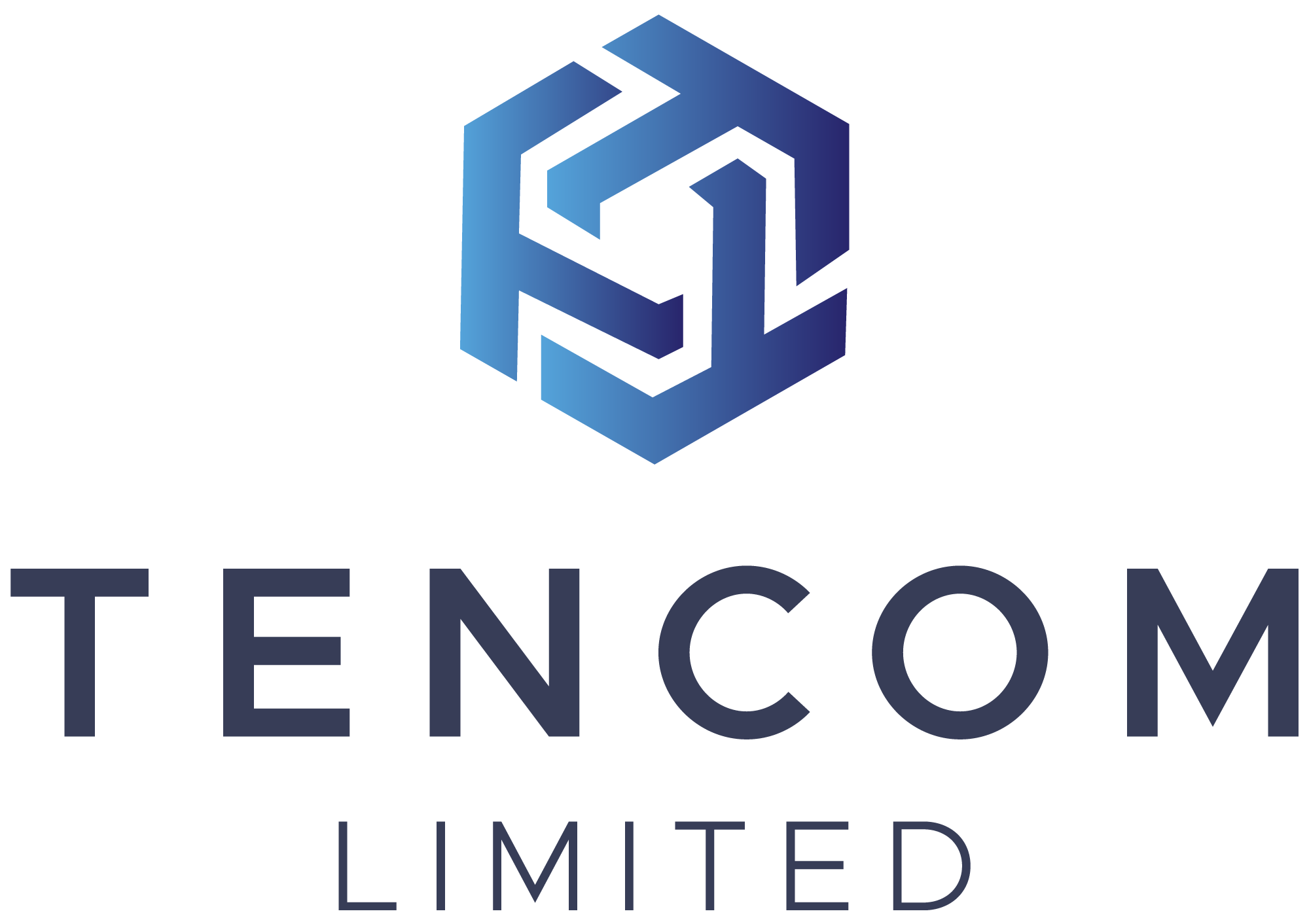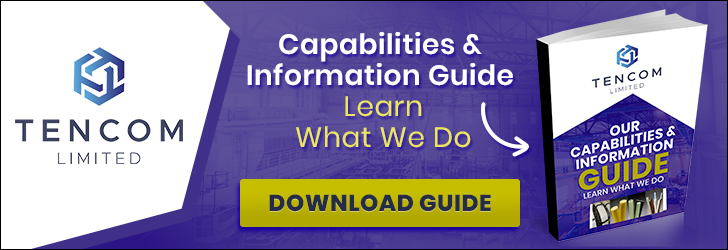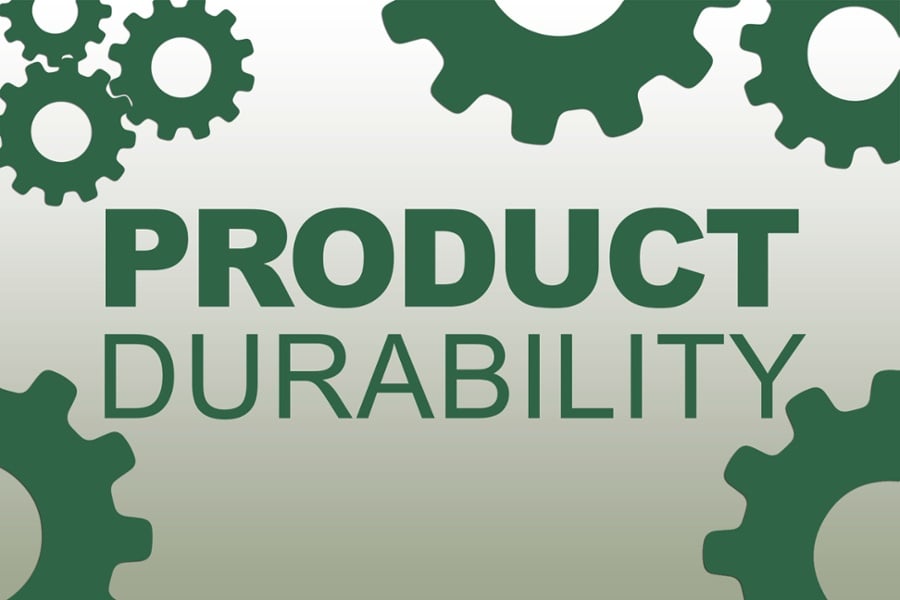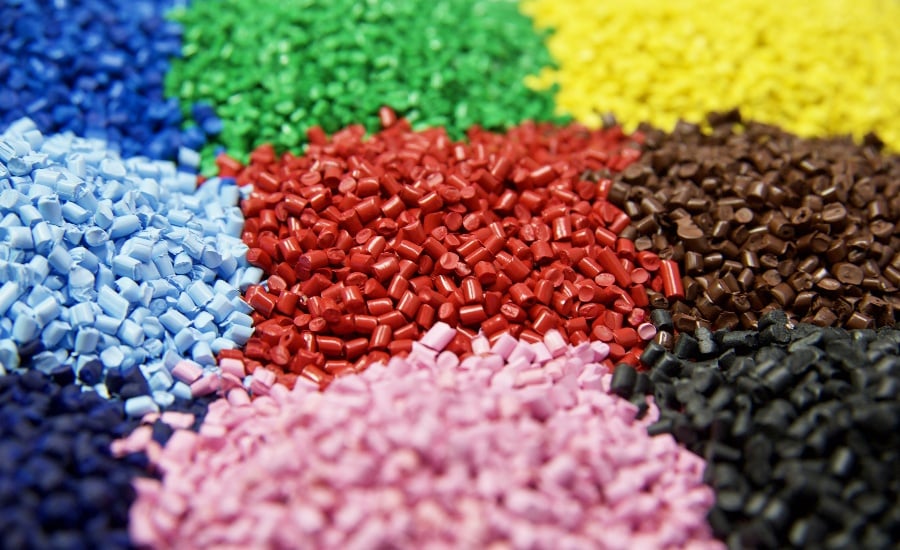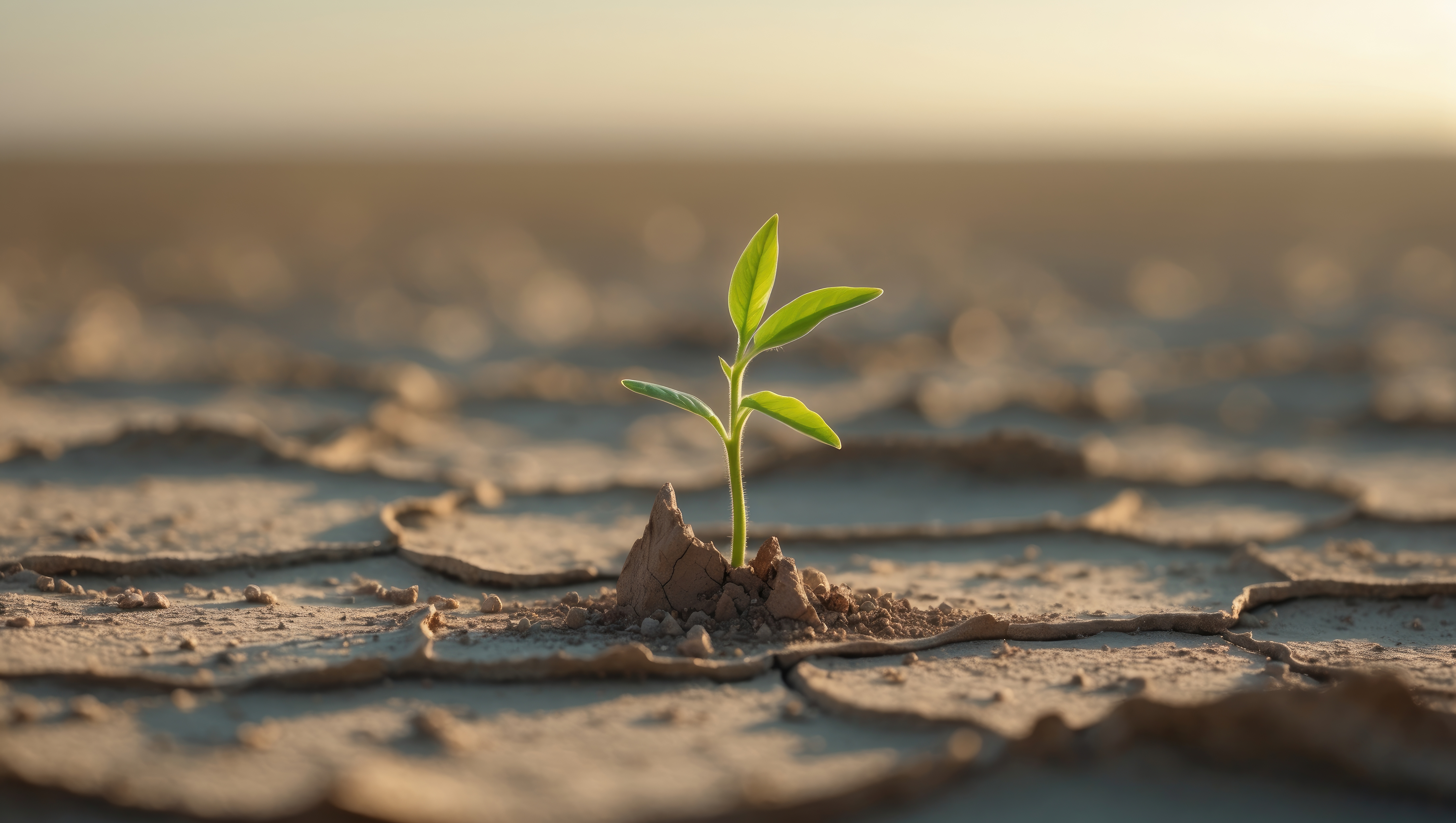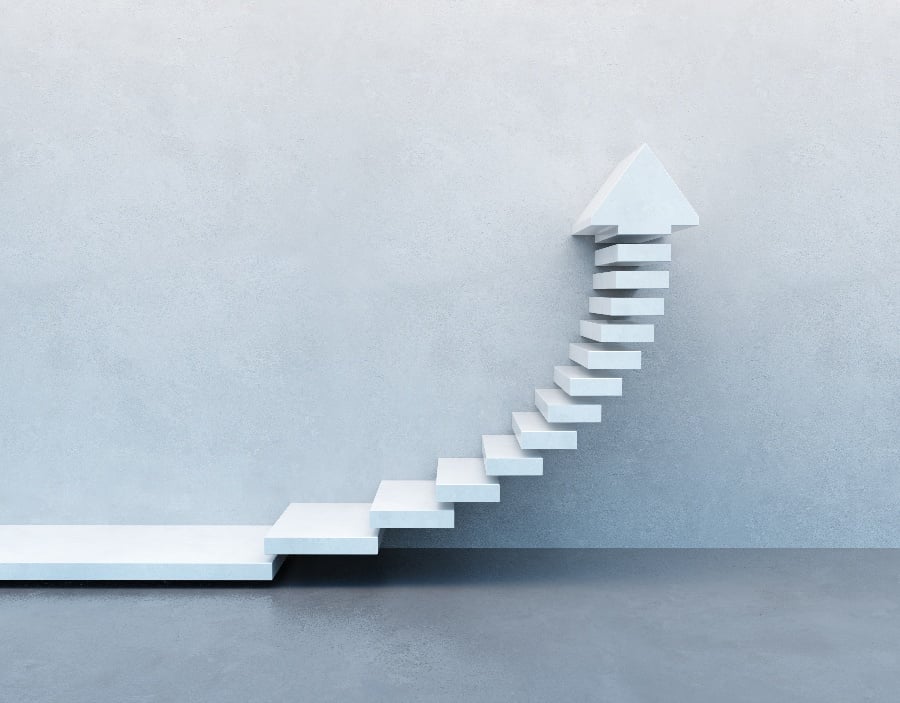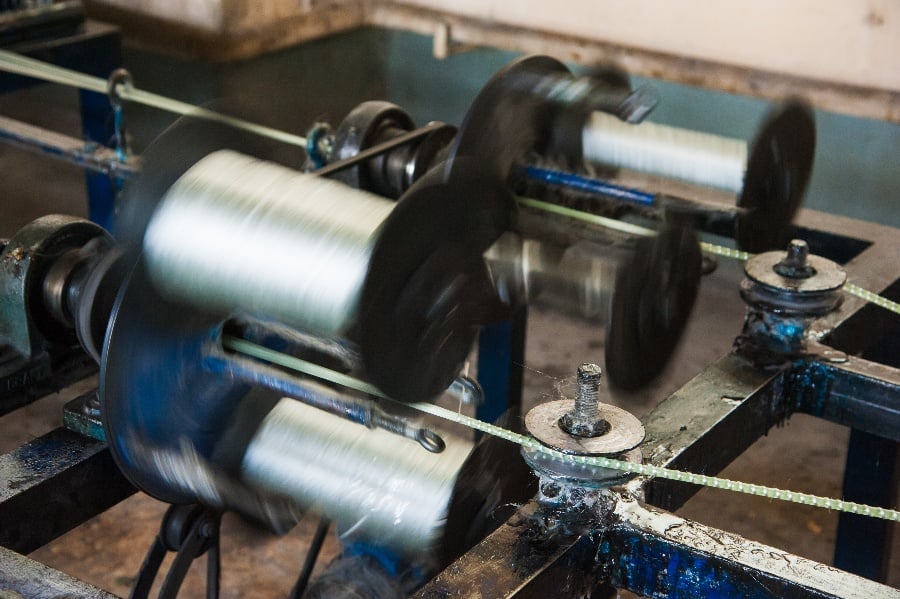
Fiberglass pultrusion is a sophisticated manufacturing process in which continuous fiberglass reinforcements are impregnated with resin and pulled through a heated die to form composite profiles with consistent cross-sections. This method yields materials renowned for their structural integrity and resilience. This article examines the durability and long-term performance of pultruded fiberglass, highlighting its advantages across various applications.
These characteristics position it as a superior alternative to traditional materials, offering enhanced reliability and long-term economic benefits.
Inherent Durability Features
Pultruded fiberglass exhibits exceptional durability due to its composite nature, combining high-strength fiberglass reinforcements with robust polymer resins. The process allows a high fiber volume fraction, which significantly enhances mechanical properties such as tensile strength and impact resistance. This results in components that are resistant to environmental degradation, including exposure to moisture, chemicals, and ultraviolet radiation.
Unlike metals, pultruded fiberglass does not corrode or oxidize, maintaining its structural performance in harsh conditions. Furthermore, it resists rot, decay, and insect infestation, attributes that contribute to its longevity in outdoor and industrial settings. These features ensure that pultruded fiberglass profiles retain their rigidity and load-bearing capacity over time, even under repeated stress or flexure.
Comparison to Traditional Materials
When evaluated against conventional materials such as steel, aluminum, wood, and other composites, pultruded fiberglass demonstrates superior long-term performance. For instance, it offers a strength-to-weight ratio that surpasses steel on a pound-for-pound basis, while being up to 75% lighter, thereby facilitating easier handling and installation without compromising durability.
In contrast to wood, pultruded fiberglass does not absorb water or require preservatives, eliminating risks of swelling, warping, or biological deterioration. Compared to aluminum, it provides better thermal stability and electrical non-conductivity, reducing the potential for long-term fatigue in variable environments.
Additionally, its corrosion resistance outperforms steel, often requiring protective coatings or galvanization to prevent rust, thereby extending service life and minimizing degradation over the long term. These comparative advantages underscore pultruded fiberglass as a material optimized for sustained performance in demanding applications.
Long-Term Performance Benefits
Reduced maintenance requirements and lower lifecycle costs characterize the long-term performance of pultruded fiberglass. Its inherent resistance to environmental factors diminishes the need for frequent inspections, repairs, or replacements, which are common with materials prone to corrosion or decay.
This durability translates into significant cost savings, as the material's extended lifespan—often exceeding that of traditional alternatives—offsets initial investment costs through lower operational expenditures. Moreover, pultruded fiberglass maintains consistent mechanical properties over time, with minimal creep or fatigue under load, ensuring reliable performance in structural roles.
In economic terms, while tooling costs may be higher upfront for custom profiles, the scalability of the pultrusion process and the material's longevity yield favorable returns, particularly in high-volume or long-duration projects. These benefits make it an environmentally sustainable choice, as fewer resources are consumed in maintenance and replacement cycles.
Real-World Applications
The durability and long-term performance of pultruded fiberglass are evident in diverse sectors. In infrastructure, such as bridges and railings, it provides corrosion-resistant supports that endure exposure to salt and weather, outlasting steel counterparts. In the power transmission industry, its non-conductive properties and strength ensure reliable performance in utility poles, Guy Strain Insulators, and crossarms, reducing downtime and safety risks over extended periods.
Marine applications benefit from its resistance to water and chemicals, while industrial environments leverage its chemical inertness for platforms and gratings that require minimal upkeep. These examples illustrate how pultruded fiberglass delivers consistent value in scenarios where long-term reliability is paramount.
In summary, the durability and long-term performance of fiberglass pultrusion stem from its advanced composite structure, offering resistance to environmental stressors and superior mechanical stability compared to traditional materials. By reducing maintenance needs and lifecycle costs, it provides a strategic advantage for professionals seeking efficient, sustainable solutions in engineering and construction.
